Panama has some UNESCO World Heritage Site. Please note that new sites may have been designated or changes may have occurred since then. Here is the UNESCO World Heritage Site in Panama, along with a brief explanation of its significance:
Archaeological Site of Panamá Viejo and Historic District of Panamá (1997)
The Archaeological Site of Panamá Viejo and Historic District of Panamá represent the historic and cultural development of the city of Panamá. Panamá Viejo is the archaeological site of the original Panama City, founded in 1519, and includes ruins of the cathedral, convents, and other structures. The Historic District of Panamá, known as Casco Viejo, developed after the destruction of Panamá Viejo by pirates. It features well-preserved colonial architecture, churches, and squares, reflecting a fusion of European, American, and Afro-Caribbean influences. The site is a testimony to the early colonial history, the Spanish Empire’s influence, and the development of trade routes.
Darien National Park (1981)
Forming a bridge between the two continents of the New World, Darien National Park contains an exceptional variety of habitats – sandy beaches, rocky coasts, mangroves, swamps, and lowland and upland tropical forests containing remarkable wildlife. Two Indian tribes live in the park.
Fortifications on the Caribbean Side of Panama: Portobelo-San Lorenzo (1980)
Magnificent examples of 17th- and 18th-century military architecture, these Panamanian forts on the Caribbean coast form part of the defence system built by the Spanish Crown to protect transatlantic trade.
Talamanca Range-La Amistad Reserves / La Amistad National Park (1983)
Forming a bridge between the two continents of the New World, Darien National Park contains an exceptional variety of habitats – sandy beaches, rocky coasts, mangroves, swamps, and lowland and upland tropical forests containing remarkable wildlife. Two Indian tribes live in the park.
Coiba National Park and its Special Zone of Marine Protection (2005)
Coiba National Park, off the southwest coast of Panama, protects Coiba Island, 38 smaller islands and the surrounding marine areas within the Gulf of Chiriqui. Protected from the cold winds and effects of El Niño, Coiba’s Pacific tropical moist forest maintains exceptionally high levels of endemism of mammals, birds and plants due to the ongoing evolution of new species. It is also the last refuge for a number of threatened animals such as the crested eagle. The property is an outstanding natural laboratory for scientific research and provides a key ecological link to the Tropical Eastern Pacific for the transit and survival of pelagic fish and marine mammals.
Conclusion:
Panama’s UNESCO World Heritage Site, the Archaeological Site of Panamá Viejo and Historic District of Panamá, represents the historical and cultural roots of the city. The designation acknowledges the significance of these areas in illustrating the development of Panama as a key hub in the Spanish colonial era and its role in the global trade network. Preservation efforts are crucial to maintaining the integrity of these sites and ensuring their cultural and historical value for future generations.
More information and reviews:
.- Official page Panama: UNESCO World Heritage Sites Link here.
.- wikipedia.org -Panama: UNESCO World Heritage Sites Link here.
.- Youtube.com – Panama: UNESCO World Heritage Sites Link here.
.- flickr.com Panama Viejo by George Lou Link here


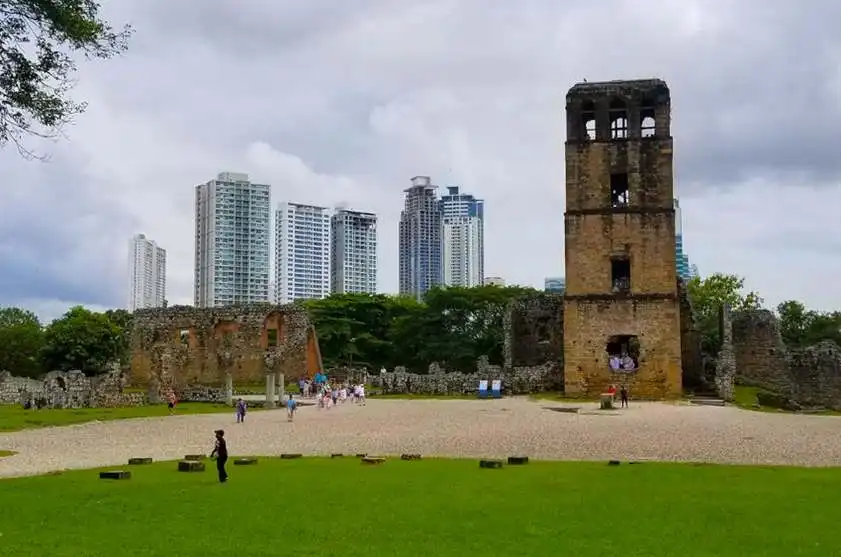





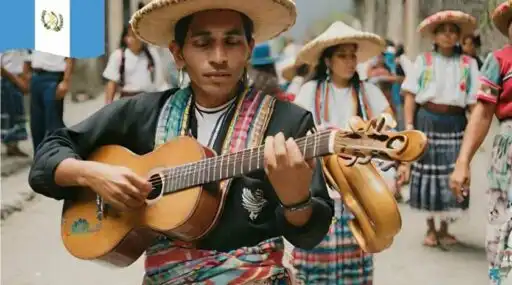
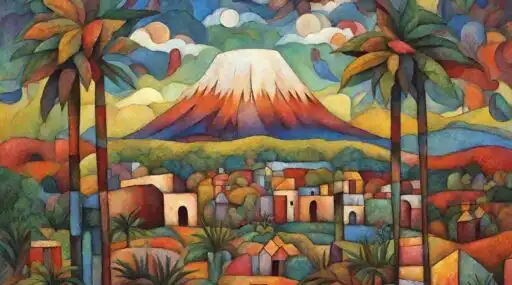

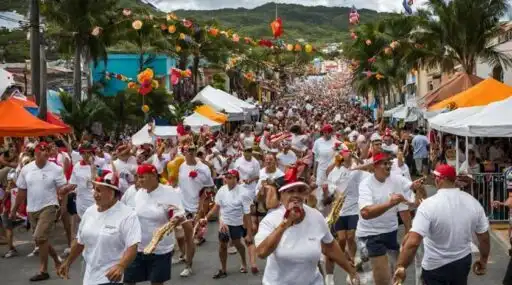


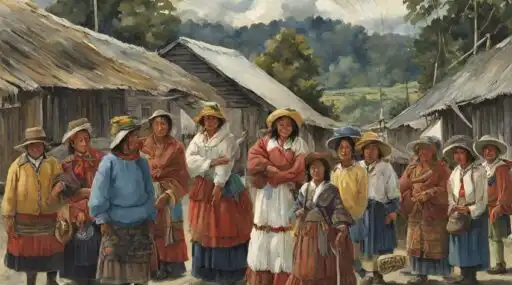

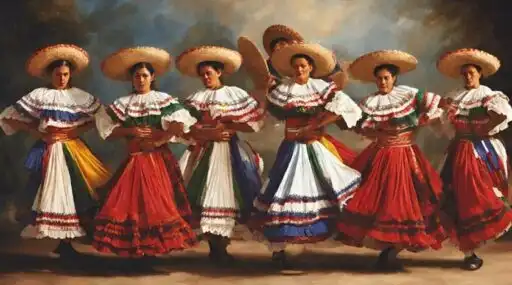



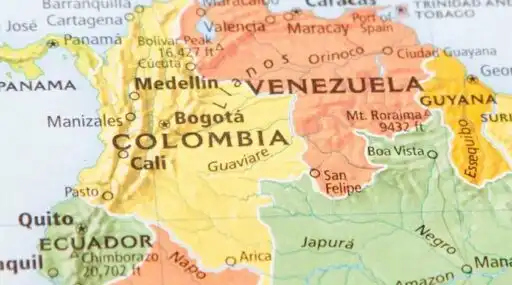
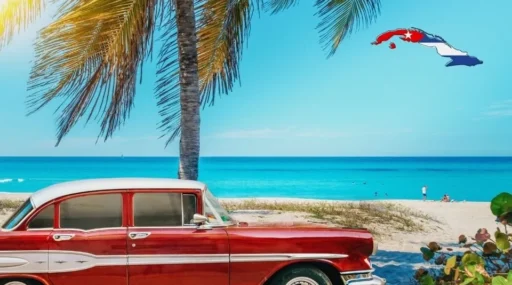







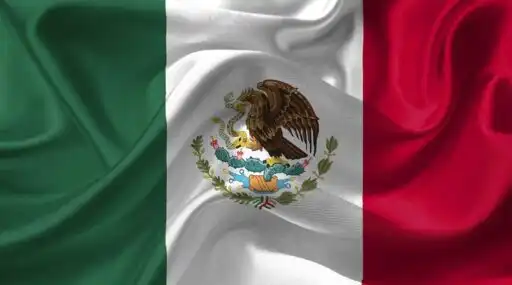


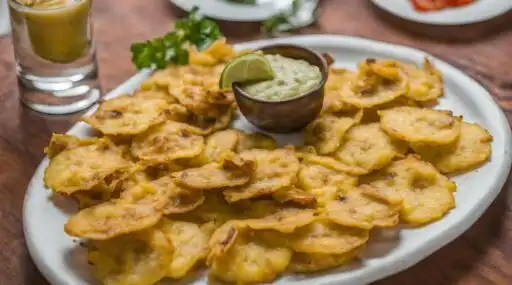
Leave a Reply